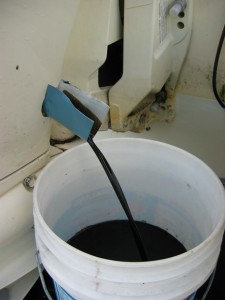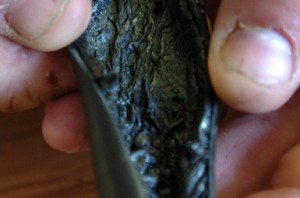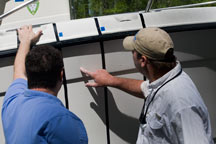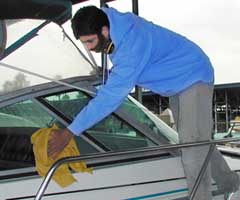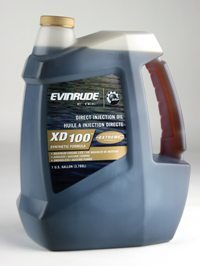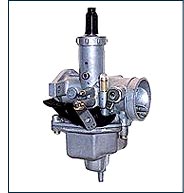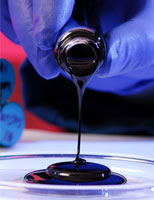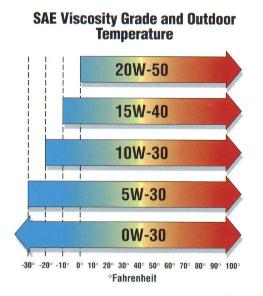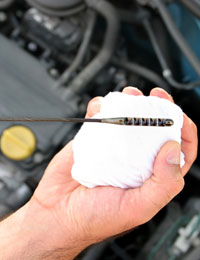How to Change Boat Motor Oil: Part Three
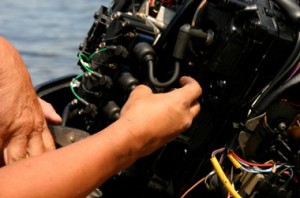 Now that we have familiarized ourselves with the two methods for extricating used oil, it’s time to go through the step-by-step process of actually changing your Yamaha 2w oil. You’ll want to start the engine before removing the oil, which serves dual purposes. Obviously this will heat the oil, making it easier to suck through the pump that you are using. Another reason for heating the engine is agitate the sediments that are dormant in the bottom of the oil pan, ensuring they will be sucked up through the pump.
Now that we have familiarized ourselves with the two methods for extricating used oil, it’s time to go through the step-by-step process of actually changing your Yamaha 2w oil. You’ll want to start the engine before removing the oil, which serves dual purposes. Obviously this will heat the oil, making it easier to suck through the pump that you are using. Another reason for heating the engine is agitate the sediments that are dormant in the bottom of the oil pan, ensuring they will be sucked up through the pump.
When removing the oil, you will need a closeable receptacle to collect the fluid in. Look for a container that has a small opening for the hose and a sufficient volume—a milk jug is ideal. Remember, you can’t simply through away your used oil. It is important to take it to the marina or a service station that can recycle or dispose of the oil properly.


